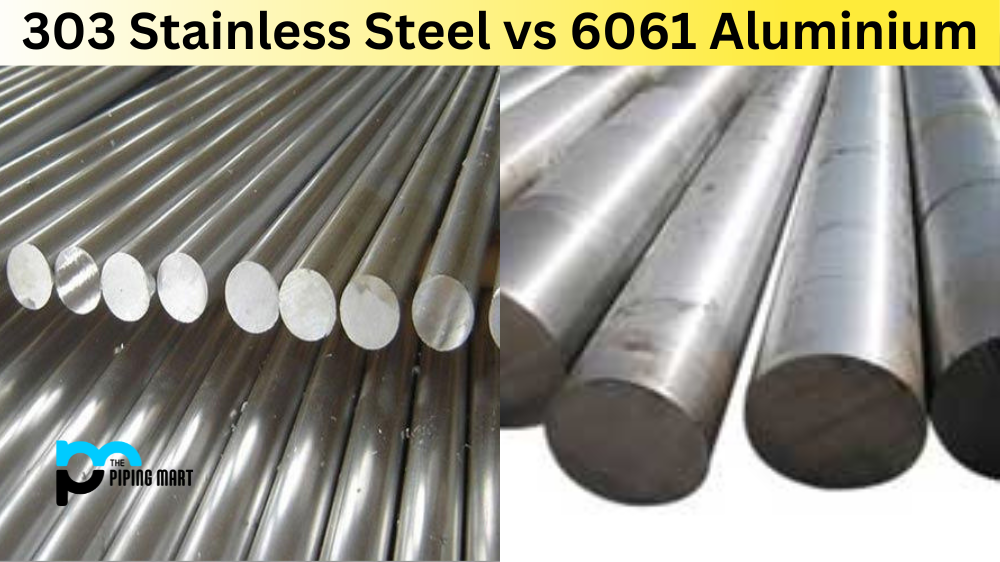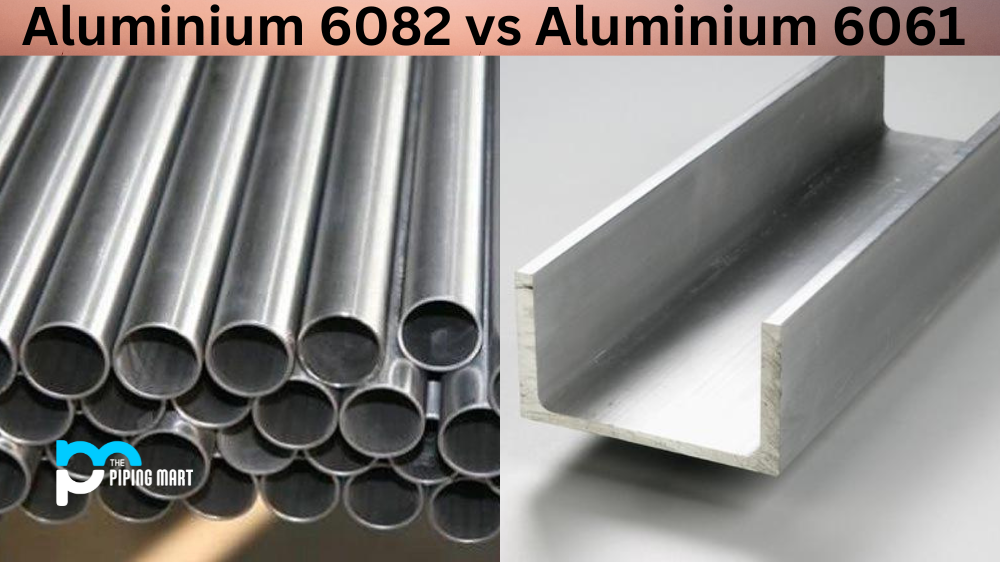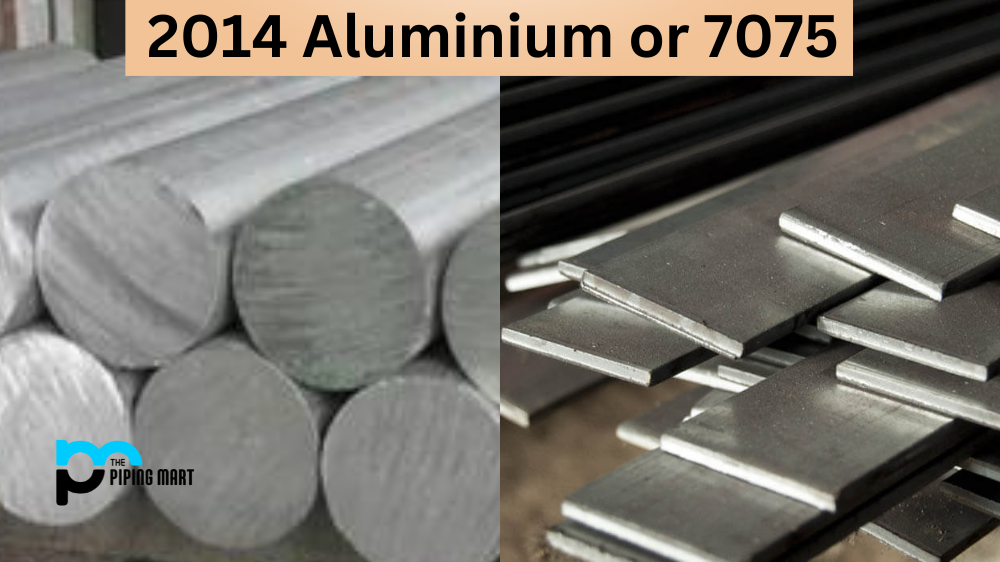When choosing the right material for a project, many factors come into play. Two of the most commonly compared materials are 303 stainless steel and 6061 aluminium. Both materials have unique properties that make them ideal for various purposes, but how do they stack against each other? In this blog post, we’ll look closer at the battle between 303 stainless steel and 6061 aluminium to determine which is better.
Difference Between 303 Stainless Steel and 6061 Aluminium
Properties
303 stainless steel is a non-magnetic alloy that contains up to 18% chromium and 8% nickel, making it resistant to corrosion and chemical damage. It’s durable, easy to machine, and can be used in various applications, including screws, bolts, and gears. On the other hand, 6061 aluminium is a heat-treatable alloy that’s known for its high strength and excellent weldability. It’s commonly used in the transportation industry, as well as in the manufacturing of aircraft structures.
Price
Regarding the price, 303 stainless steel tends to be more expensive than 6061 aluminium. This is due to the extra nickel and chromium in 303 stainless steel, which adds to its durability and corrosion resistance. However, the application for which these materials will be used does not require high corrosion or attack resistance. In that case, 6061 aluminium may be more cost-effective and appropriate than 303 stainless steel.
Eco friendly
Another factor to consider is the environmental and safety concerns of each material. 303 stainless steel is a safe material to use, and it’s recyclable as well, making it an ideal choice for environmentally conscious projects. But on the other hand, 6061 aluminium is lightweight, making it ideal for transportation purposes. It is also recyclable with minimal energy consumption to the environment.
Production Process
Regarding the production process, 303 stainless steel requires a more complex production process, which results in a higher price. This makes it less cost-effective for smaller projects but may be worth it in the long run for larger, longer-lasting projects requiring good corrosion resistance, acid, or chemicals. On the other hand, 6061 aluminium requires a simpler production process, making it more cost-effective for smaller-scale projects.
Conclusion
Ultimately, the choice between 303 stainless steel and 6061 aluminium comes down to the project’s specific requirements. Both materials have unique properties that make them ideal for different purposes. So it’s essential to carefully analyze those aspects related to particular projects before deciding. If corrosion resistance and high durability are critical, 303 stainless steel is the go-to material. However, if it’s about high strength, low density, ease of workability and recyclability, 6061 aluminium is an ideal choice. In conclusion, the right material is the one that satisfies the specific requirements of the project and falls within the budget and environmental factors set.

A passionate metal industry expert and blogger. With over 5 years of experience in the field, Palak brings a wealth of knowledge and insight to her writing. Whether discussing the latest trends in the metal industry or sharing tips, she is dedicated to helping others succeed in the metal industry.




